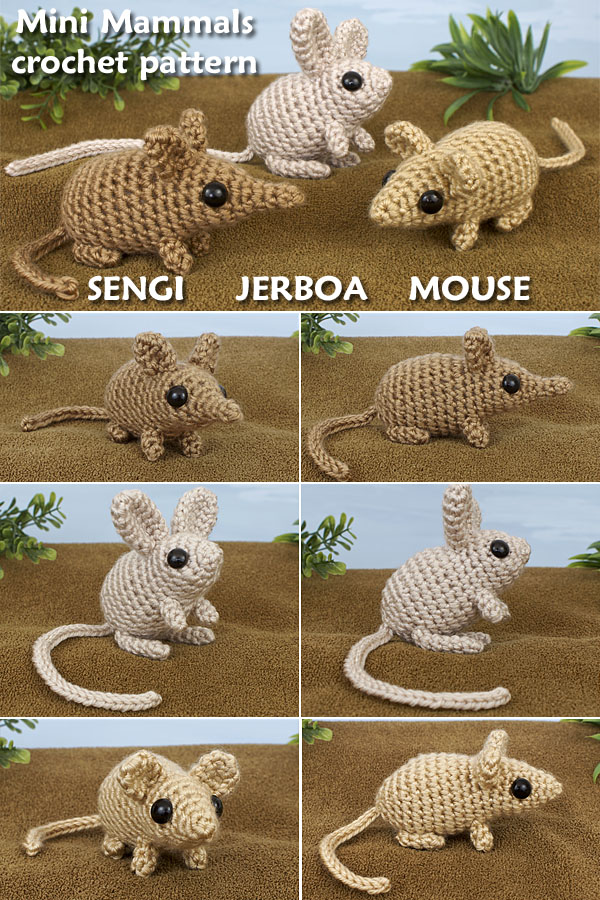It’s been three years since I started logging my customer support requests, or, more accurately, questions, comments and suggestions that ask for a response from PlanetJune. I’ve recorded almost 2300 interactions, and now I have three full years of data, I can do a comparative analysis and see if the ‘improvements’ I’ve been making to […]

PlanetJune Craft Blog
Latest news and updates from June















